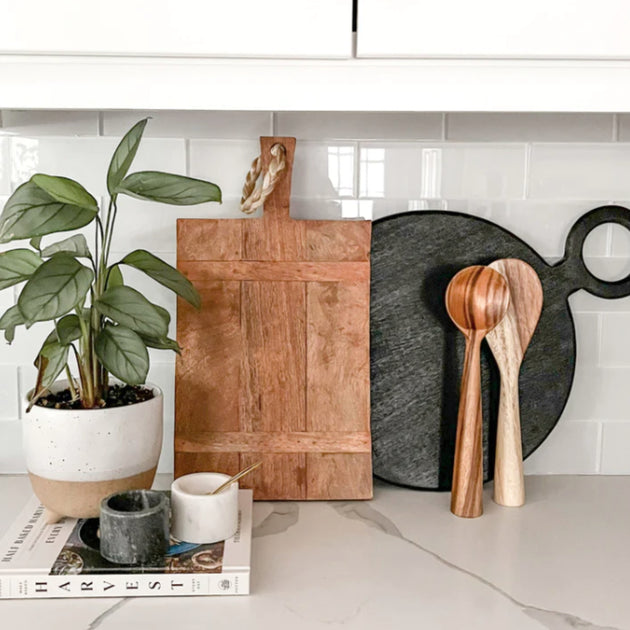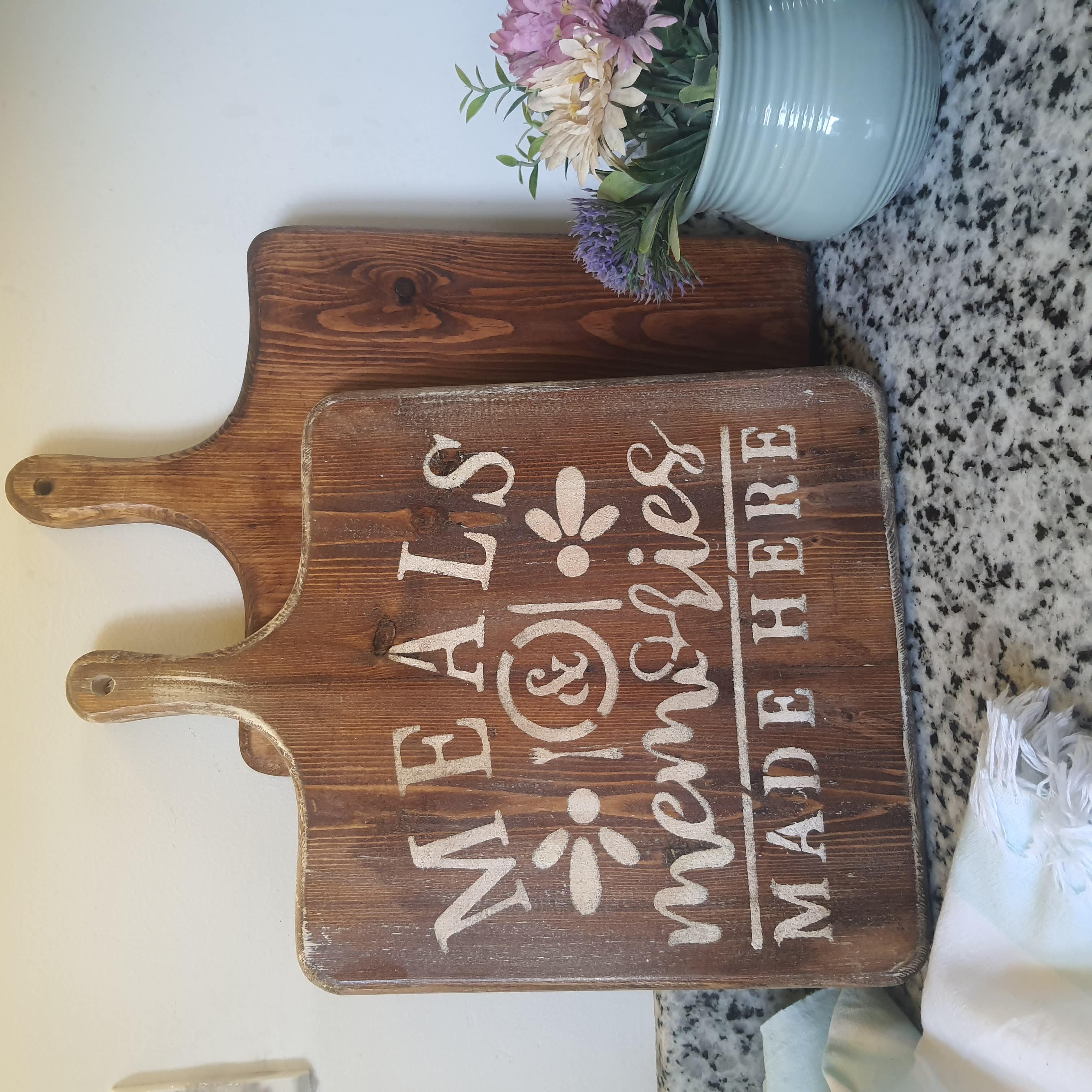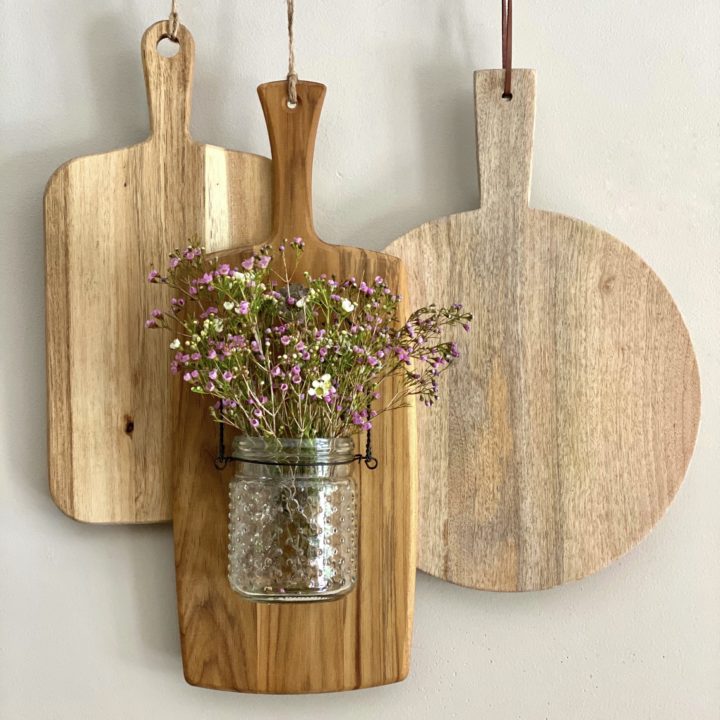In the world of culinary arts, the kitchen is not just a place for meal preparation; it’s a canvas for creativity. One of the most delightful ways to enhance that canvas is through a decorative cutting board.
What is a Decorative Cutting Board?
A decorative cutting board is more than just a tool for chopping vegetables or slicing meats. It serves as a beautiful centerpiece in your kitchen, adding a touch of elegance and style. Made from various materials like wood, bamboo, glass, or composite, these boards can blend function with art.
Why Choose a Decorative Cutting Board?
Decorative cutting boards are a statement piece in your kitchen, but they also offer multiple benefits:
- Enhances kitchen decor
- Serves multiple functions (chopping, serving, display)
- Variety of materials to suit every style
- Durable and long-lasting with proper care
Materials Used in Decorative Cutting Boards
Understanding the materials used in decorative cutting boards can help you make an informed choice:
1. Wood
Wood cutting boards come in various types such as maple, walnut, and cherry. They are popular for their aesthetic appeal and durability.
2. Bamboo
Bamboo boards are eco-friendly and lightweight, making them ideal for daily use.
3. Glass
Glass cutting boards offer a sleek look and are easy to clean, though they may dull knives faster.
4. Composite
Composite boards, made from recycled wood fibers, combine durability and low maintenance.
5. Marble & Stone
Marble and stone boards are striking and excellent for serving, but they can be heavy and require careful handling.
Choosing the Right Decorative Cutting Board for Your Needs
Selecting the right decorative cutting board involves considering several factors:
Size Matters
Choose a size that fits your culinary needs—whether it’s for chopping or serving.
Design vs. Function
Decide if you want a board purely for decoration or one that can withstand daily use.
Maintenance Requirements
Some materials require more upkeep than others. Consider how much time you’re willing to invest.
Pros and Cons of Decorative Cutting Boards
| Material | Pros | Cons |
|---|---|---|
| Wood | Durable, attractive, self-healing | Requires oiling, can harbor bacteria |
| Bamboo | Eco-friendly, lightweight, strong | Can scratch easily, may warp |
| Glass | Sleek, easy to clean, non-porous | Can dull knives, heavy |
| Composite | Durable, dishwasher safe, resistant to scratches | Can be expensive, less traditional feel |
| Marble & Stone | Beautiful, perfect for serving | Heavy, can chip or crack |

How to Care for Your Decorative Cutting Board
Proper care for your decorative cutting board can extend its life:
Regular Cleaning
Clean with warm soapy water and avoid soaking. For wooden boards, use a food-safe mineral oil to maintain their finish.
Storing
Store boards upright or flat in a dry place to prevent warping and cracking.
Avoiding Cross-Contamination
Use separate boards for raw meats and ready-to-eat foods to avoid bacteria spreading.
Decorative Cutting Boards as Gifts
Looking for a unique gift? Decorative cutting boards make great presents for housewarmings, weddings, or holidays. Personalization options, like engraving names or special dates, can add a meaningful touch.

Conclusion: Style Meets Functionality
A decorative cutting board is not just a kitchen accessory; it’s an opportunity to express your style and enhance your cooking experience. By understanding the materials, maintenance, and benefits, you can choose the perfect board that complements your kitchen decor while serving its purpose beautifully.
FAQs
1. Can I use a decorative cutting board for raw meat?
Yes, but it’s advisable to have a separate board specifically for raw meat to avoid cross-contamination.

2. How often should I oil my wooden cutting board?
It’s recommended to oil your wooden cutting board every 3-4 weeks or when it appears dry.
3. Are there any cutting boards that are dishwasher safe?
Yes, composite cutting boards and some glass boards are dishwasher safe, but always check the manufacturer’s instructions.

4. What type of cutting board is best for food safety?
Plastic and wood cutting boards are often considered safer because they are less porous than bamboo or glass, which can harbor bacteria.
5. How can I remove stains from my cutting board?
You can use a mixture of baking soda and water to scrub away stains or lemon juice for a natural bleaching effect.
